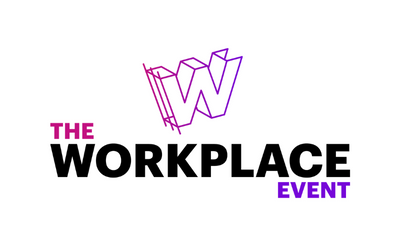3X Logic Artificial Intelligence and Loss Prevention: Seeing Through the Hype
)
Artificial Intelligence and Loss Prevention: Seeing Through the Hype
Artificial intelligence is here, and it seems like every company and start-up is now powered by AI. However, it is hard to distinguish between hype and the true cutting-edge technology. In order to understand what one should expect from an AI solution, it helps to distinguish between the basic types of AI. Here Richard Joslin, Senior Director of Sales at 3xLOGIC points out that it’s actually quite hard to define the exact boundaries of AI—and there is certainly a lot of disagreement—but one way of defining AI is to separate it into two disciplines: machine learning and cognitive computing.
Two types of Artificial Intelligence
Machine learning focuses on pattern recognition, where the goal is to identify patterns within data that can be used to make predictions or solve problems. Two major types of machine learning are supervised learning and unsupervised learning. Supervised learning can be thought of as “learning by example”.
In supervised learning, there is a known quantity that we’re trying to predict or a specific pattern that we’re trying to recognise. We may want to predict the risk of cashier fraud using behavioural and activity data. Assuming we have enough examples of fraudulent behaviour, we can use artificial intelligence to learn how to make these predictions.
Unsupervised learning applies when we don’t know exactly what we want to predict, but we have a lot of data that we’re trying to understand. Using unsupervised learning, we can cluster data into similar groups. We can also perform anomaly detection, where we find patterns or events that don’t match what we’d expect to see. Applied to customer or employee behaviour, this anomaly detection could potentially alert us to behaviours that might be worth further investigation. For example, if one employee is behaving significantly different from all the others, we can then investigate further to find the root cause of the aberrant behaviour.
Whereas machine learning deals with pattern recognition and learning to solve problems that humans cannot, cognitive computing tries to create systems that solve problems in the same way that humans do. This includes things like computer vision, natural language processing (understanding meaning and sentiment behind text and spoken words), and interactive dialog (chatbots). Cognitive computing and machine learning often go hand-in-hand. For example, cognitive computing can be used to understand when a customer leaves an angry comment on social media about their store visit, and machine learning can be used to predict if the customer will ever return to the store. Computer vision can be used to detect a human within a video, and machine learning can be used to determine if that human is putting an item from the shelf under their jacket.
Knowing the difference
Knowing more about the specific types of AI and their goals can help separate the hype from products that really leverage AI to do advanced things. Something to keep in mind is that AI is not a magic bullet; it is a tool to be applied to a specific problem. It is probably not enough for a company to claim that it “uses cutting-edge AI to enhance loss prevention” if that company cannot describe precisely what they are using AI to predict or to interpret. A more credible claim would be to “predict the risk of cashier fraud using past behaviour”. Beware of broad generalities and make sure that you understand precisely what data is being used and what predictions are being made by AI. AI can be applied to loss-prevention to greatly enhance the effectiveness and efficiency of LP professionals, but it’s important to critically evaluate the claims being made in order to make sure you’re investing in actual AI and not just buying into the hype.
Protecting against AI hype
We have started to see some companies falsely market a Business Intelligence tool as an AI tool - not because the tool has evolved - but rather because the market demand has changed from BI to AI, so they have simply rebranded their offering. Unfortunately, the effort to move from a BI tool to an AI tool requires much more than simply relabeling the product. The big difference between AI vs BI is what questions are being answered. BI is often used to answer what happened; AI can be used to answer what will happen next.
E N D S
Box out 1:
AI and LP: A novel way to use AI in Loss Prevention is to identify patterns that help increase the odds of rehabilitating an employee instead of firing that person. As the hiring process takes time and has incremental costs above an existing employee’s cost, there are situations where retraining and investing time with an employee could result in a better, more economical long-term solution than termination.
Box out 2:
AI and LP: Using computer vision, one can include a person’s physical behaviour to identify theft—time lingering, item retrieval without accompanying sale, a person’s gait, etc. While such capabilities are not used widespread now, it is likely that over time using computer vision will become part of top BI products.
Box out 3:
AI and LP: Loss prevention doesn’t only occur with theft, but also with damage. Again, using machine learning and computer vision, correlations can be drawn between employees taking in product (receiving), stocking, and sale. By drawing an understanding of who was working, what was received, and what is sold, there is opportunity to identify product that has been mishandled and damaged and/or never made the shelf. AI can help understand how all these elements combine to lead to loss.
For further information please visit www.3xLOGIC.com or contact us https://www.3xlogic.com/contact-us







